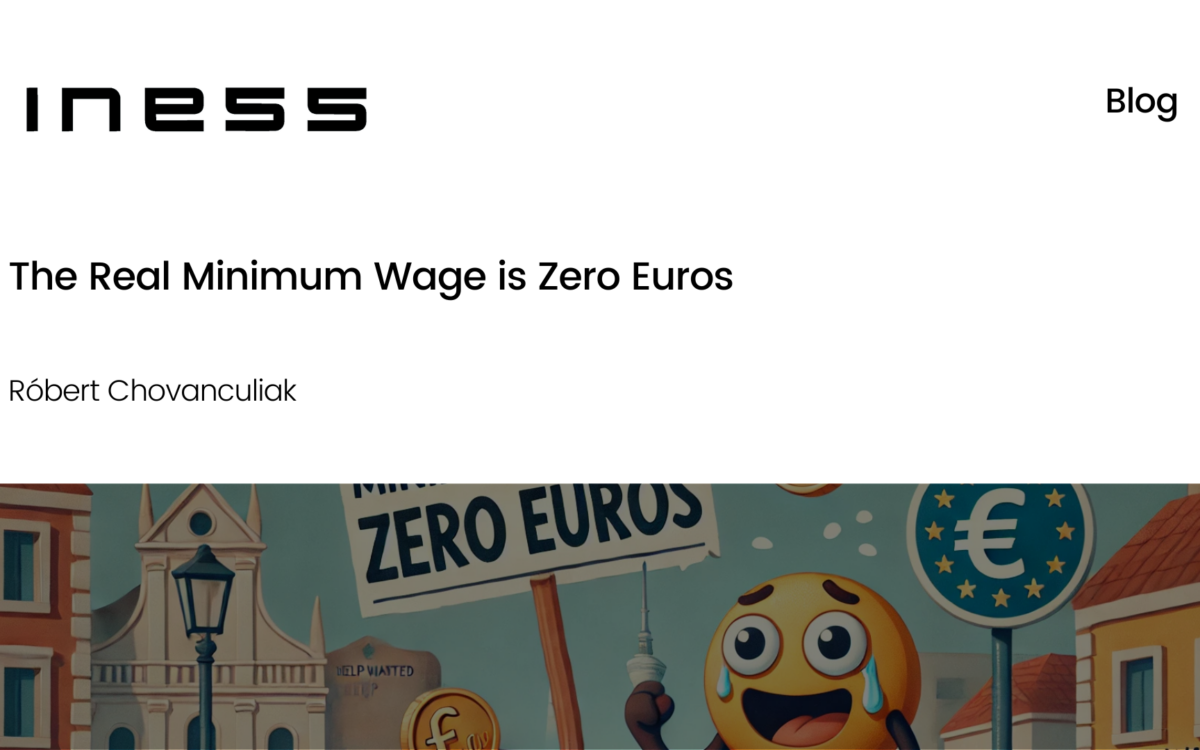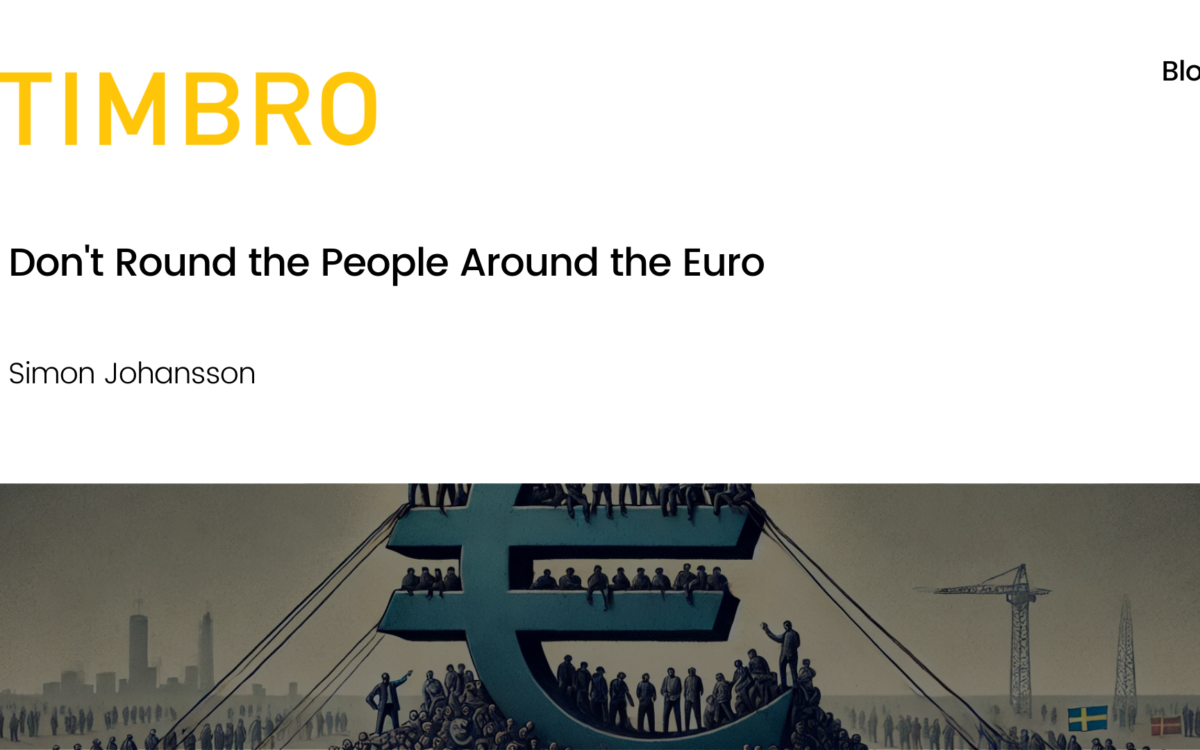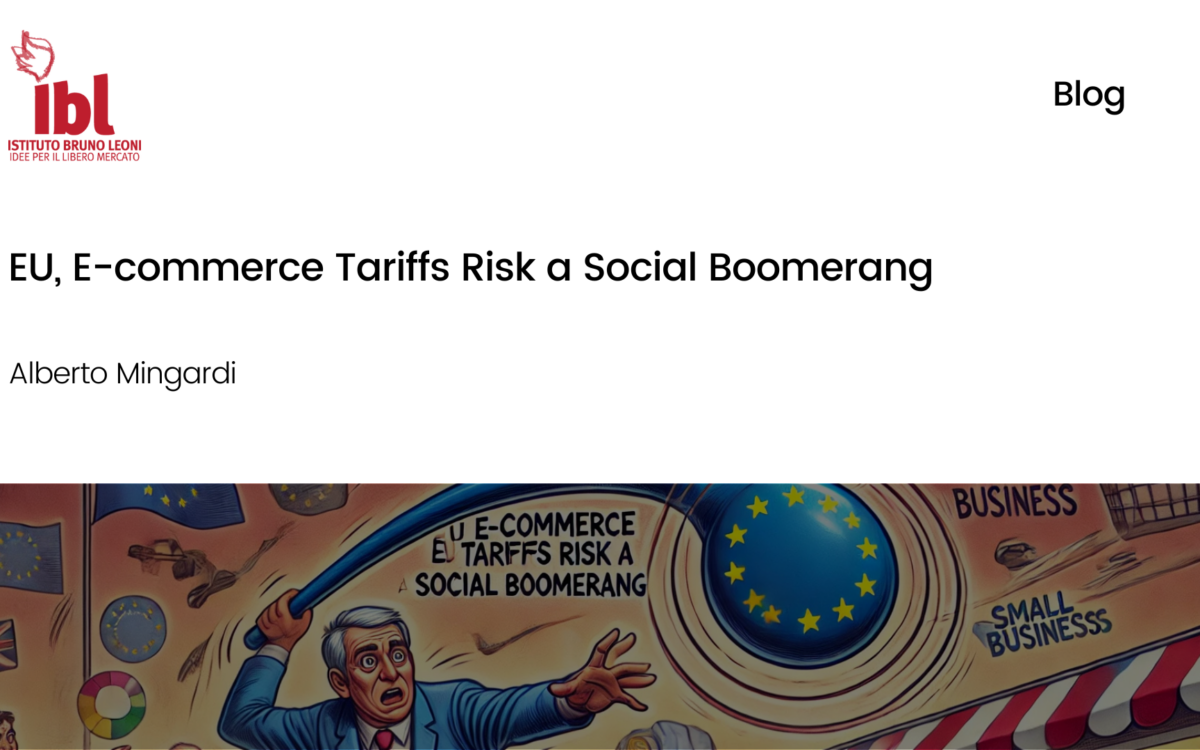Who is Your Nanny?

Who is Your Nanny?
Chris Snowdon // 12 January 2021
Some countries allow you to buy a beer at any time day or night. Others have total prohibition. The enormous differences in the way governments around the world treat alcohol make it an unlikely candidate for global regulation, but the World Health Organisation wants to have a go anyway.
Late last year, the WHO launched a public consultation on its draft Global Alcohol Strategy to Reduce the Harmful Use of Alcohol. It is not obvious that the WHO needs to have an alcohol strategy at all, let alone that it should be focusing on one in the middle of a pandemic. National governments are quite capable of deciding how alcoholic drinks are taxed and regulated without pressure from a UN agency.
But let’s leave that aside. The WHO has had a Global Alcohol Strategy since 2010. This is the updated version and there is a striking change in tone that reveals a shift towards a temperance mentality. Although the strategy is supposed to be about reducing alcohol-related harm, the approach is more about reducing alcohol consumption per se, with total abstinence portrayed as the ideal.
This should concern the world’s drinkers. The WHO has no regulatory power as such, but its alcohol strategy will eventually be formally endorsed by member states and anti-alcohol activists will use it to pressure governments into honouring their ‘commitments’.
Unlike the current Global Strategy, the working document makes very few references to informal and illicit alcohol, and there is little acknowledgement of the dangers of excessive taxation and regulation in fostering their production. By the WHO’s own estimate, 25 per cent of the world’s alcohol is sourced illicitly or informally. In countries such as Mexico and Russia, more than a third of all alcohol consumed is illicit, and the proportion exceeds 50 per cent in many African countries. This is a major source of criminality and tax evasion, as well as being hazardous to health. Unregulated ‘moonshine’ and surrogate alcohol causes many preventable deaths each year. In Iran, over 700 people died after drinking methanol between February and April 2020. In Punjab, India, 86 people died in July after drinking bootleg alcohol from illegal distilleries. Spates of alcohol poisonings are now commonplace, particularly in India.
By any measure, global consumption of contraband and counterfeit alcohol is unacceptably high. A key aim of policy should be to bring it down to the trivial levels seen in many western countries. Although the WHO claims that there is an ‘inherent contradiction between the interests of alcohol producers and public health’, many parts of the world would benefit from having greater access to regulated alcohol products. Rather than treating the legitimate drinks industry as the enemy, the WHO should want it to increase its market share at the expense of unregulated producers.
The key drivers of illicit alcohol consumption are state corruption, lack of availability (including prohibition) and lack of affordability (typically driven by taxation). Black markets tend to be more common in poorer countries. Supply side measures aimed at raising prices, banning advertising and restricting availability can, by their nature, only hope to deter consumption of legal, regulated alcohol which, in turn, stimulates demand for illegal substitutes.
It is therefore unfortunate that the WHO document contains the crude recommendation that member states ‘raise prices on alcohol through excise taxes and other pricing policies’ is far too crude. Differentials in price between licit and illicit products are among the key drivers of black market activity, and governments will be understandably reluctant to introduce taxes which lose them revenue. Taxes on alcohol should reflect the external costs associated with consumption and no more.
The working paper even raises the spectre of a global alcohol tax, saying: ‘Consideration should be given to an intergovernmental commitment to a global tax on alcohol to support this effort, with the use of the money raised to be governed internationally.’ It is difficult to imagine an inter-governmental organisation being better placed to spend alcohol duty revenues than member states. Alcohol taxes are raised, in part, to meet costs to public services created by excess alcohol consumption. Healthcare, prevention, rehabilitation and other such public services can only be provided at the local or national level. An inter-governmental body would not have the reach or infrastructure to spend tax revenues on the appropriate services.
Blurring the distinction between use and harmful use, the WHO complains that ‘no tangible progress was made in reducing total global alcohol consumption per capita’ between 2010 and 2018, as if that were the relevant metric. The draft strategy includes a target of reducing per capita alcohol consumption by a certain percentage (yet to be decided) by 2025 and 2030. Tellingly, there is no such target for alcohol-related deaths and disease, nor for heavy episodic drinking.
Per capita consumption is irrelevant if harm declines and there is no reason to assume that a reduction in per capita consumption will necessarily lead to a reduction in alcohol-related harm. The WHO should recognise that alcohol can be consumed safely and that moderate consumption has health benefits. The focus should be on alcohol-related harm, not alcohol consumption per se.
Implicit in the suggestion of launching a ‘World No Alcohol Day’ is the idea that zero alcohol consumption is the ideal. The similarity to World No Tobacco Day is probably no coincidence and is one of several examples of the working document conflating the risks of smoking with the risks of drinking. Elsewhere, it raises the prospect of ‘a global normative law on alcohol at the intergovernmental level, modelled on the WHO Framework Convention on Tobacco Control’. The next draft of the document should make it clear that alcohol is not tobacco and the two should not be regulated in the same way. The WHO has got enough on its plate without becoming a cheerleader for prohibition.
EPICENTER publications and contributions from our member think tanks are designed to promote the discussion of economic issues and the role of markets in solving economic and social problems. As with all EPICENTER publications, the views expressed here are those of the author and not EPICENTER or its member think tanks (which have no corporate view).



